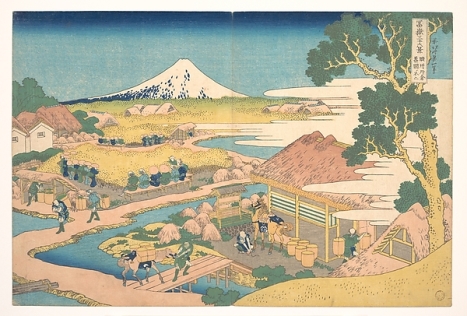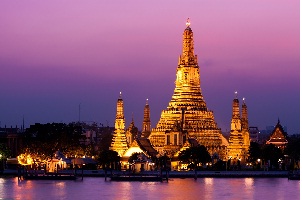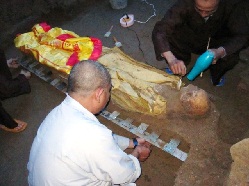Posted on 1 August 2015 by Buddhism Now
Son (Zen) Master Taego Pou (1301-1382)
Translated from the Korean by Stephen and Martine Batchelor
HUA-T’OU: (Lit. ‘head of speech’). Has a twofold meaning: (i) the essence of the kung-an, a shortened version of the story or situation; (ii)the source of thought; that which exists before one thought has arisen (thoughts being the mind’s external manifestations — the ‘tail of speech’).
A monk asked Chao Chou [Jap. Joshu], ‘Does a dog also have the Buddha nature, or not?’ Chao Chou replied, ‘Mu (No).’ This Mu is not the Mu of yes or no; it is not the Mu of true nonexistence. Ultimately what is it? To reach that place from where Chao Chou said Mu one must straightaway lay down the entire body.
Do not do anything (good or bad) and do not even do this not-doing; then straightaway one reaches that place where there is no concern for external affairs, that vast and peaceful place where there are absolutely no obstructing thoughts.
There, all thoughts of the past are, extinguished, all thoughts of the future do not arise, and all present thoughts are void.




 Mystery over the decomposed Buddhist monk body in Vietnam, venerable thich minh duc, mummy
Mystery over the decomposed Buddhist monk body in Vietnam, venerable thich minh duc, mummy
